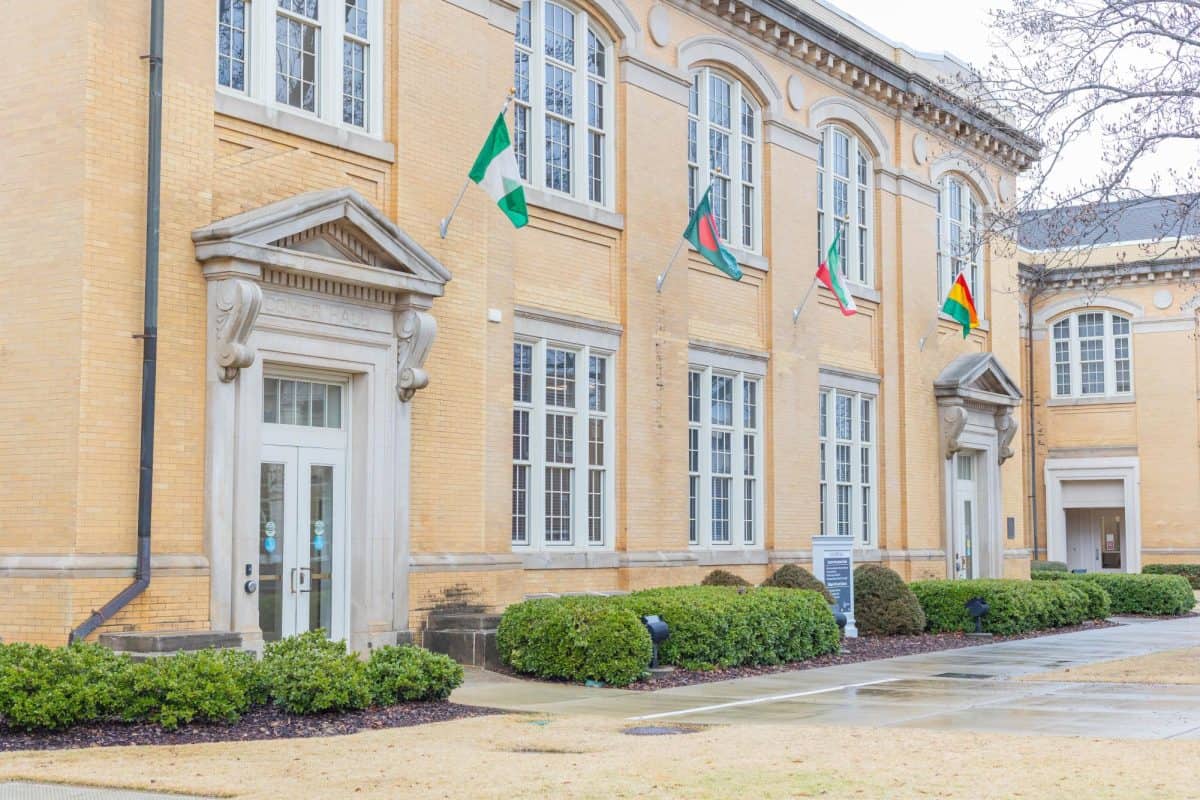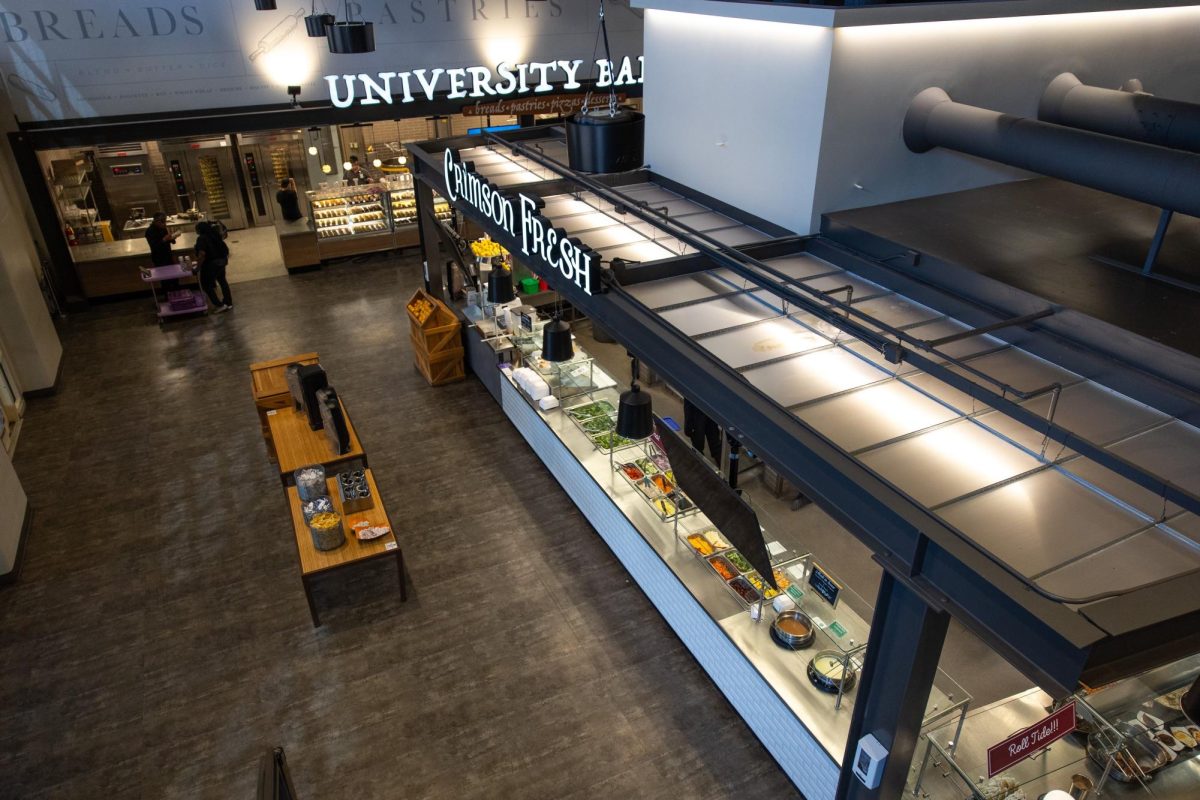I don’t receive mail from my family. Not because they don’t love me, but because it would cost $125.
That’s the cost of renting a mailbox from the Ferguson Mail Center. Previously, mail could be received at the hilariously overburdened USPS center in the Ferg; however, since the center was replaced last year, the cost of renting a mailbox has increased.
The result of this is that I, like many students, don’t receive letters. This is only mildly inconvenient; however, it is representative of a worrying trend in the handling of scarce resources on campus.
For another example of this trend, look to the bike situation on campus. I’ve had my bike lock cut twice for locking it to a tree; both times, there were no spots available on nearby bike racks. A recent article in The Crimson White revealed that there is one bike rack space available for every 10 undergraduate students, and a cursory glance at the bike racks on campus shows that there aren’t enough racks for all of the students who ride bikes.
The University of Alabama’s solution to this problem isn’t additional bike racks. Their solution is a bike-share program, wherein students pay every single day for the right to use communal bicycles.
As the University expands, the demand for scarce resources – like bike racks – becomes stretched. But instead of increasing the supply for these resources, it seems that the University is more willing to quench demand with fees.
The University has used this policy with on-campus housing as well. Since 2011, enrollment at the University has increased by more than 3,000, and students lost an inexpensive housing option with the destruction of Rose Towers. Meanwhile, fewer than 1,000 new beds have become available through Presidential Village, most of which are in costly suite-style dormitories. The end result is that a higher and higher proportion of students are unable to live on campus, while those who do pay steeper and steeper prices.
This paradigm makes sense from a corporate perspective, where the objective is a higher profit. After all, students sometimes don’t have many consumer choices. We are often forced to pay whatever the University decides to charge for services.
But the University isn’t a corporation. It’s a publicly funded institution of learning, and its rising costs are already barring more and more students from access to quality education.
So, what should the University do about overburdened resources? Create more. In the case of the Student Recreation Center, it was obvious that there wasn’t enough capacity to handle student demand. The University responded by ordering the creation of another recreation center to handle that demand.
Obviously, this isn’t the most cost-effective strategy for the University to employ, but I argue it’s the right one. And if it’s no longer possible for the University to provide basic services free of charge, then administrators should consider whether further expansion is the responsible thing to do.
Nathan James is a junior majoring in public relations. His column runs weekly on Thursdays.








